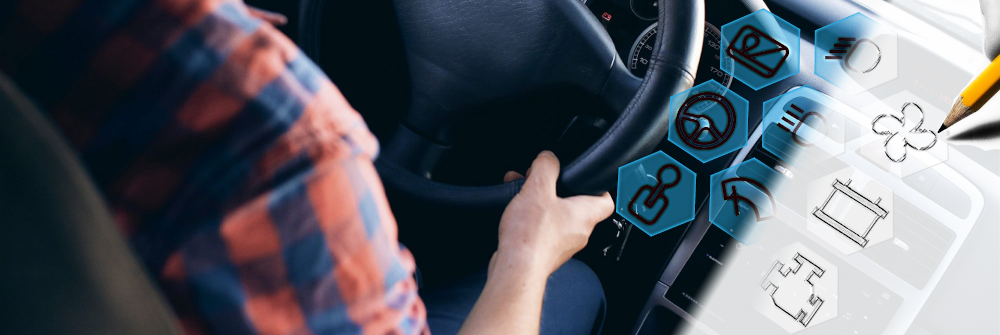Lecturer
Markus Funk, Cerence GmbH

Useful previously acquired knowledge: Basic knowledge of human-computer interaction and the development of interactive user interfaces are an advantage. The relevant fundamentals will be recapitulated briefly for transversers.
Regular cycle: infrequent
Markus Funk, Cerence GmbH
Computer Sciences
Media Informatics
Software Engineering
CSE (PO 2019)
(74242/14242)
Management and Economics
(74279/14279)